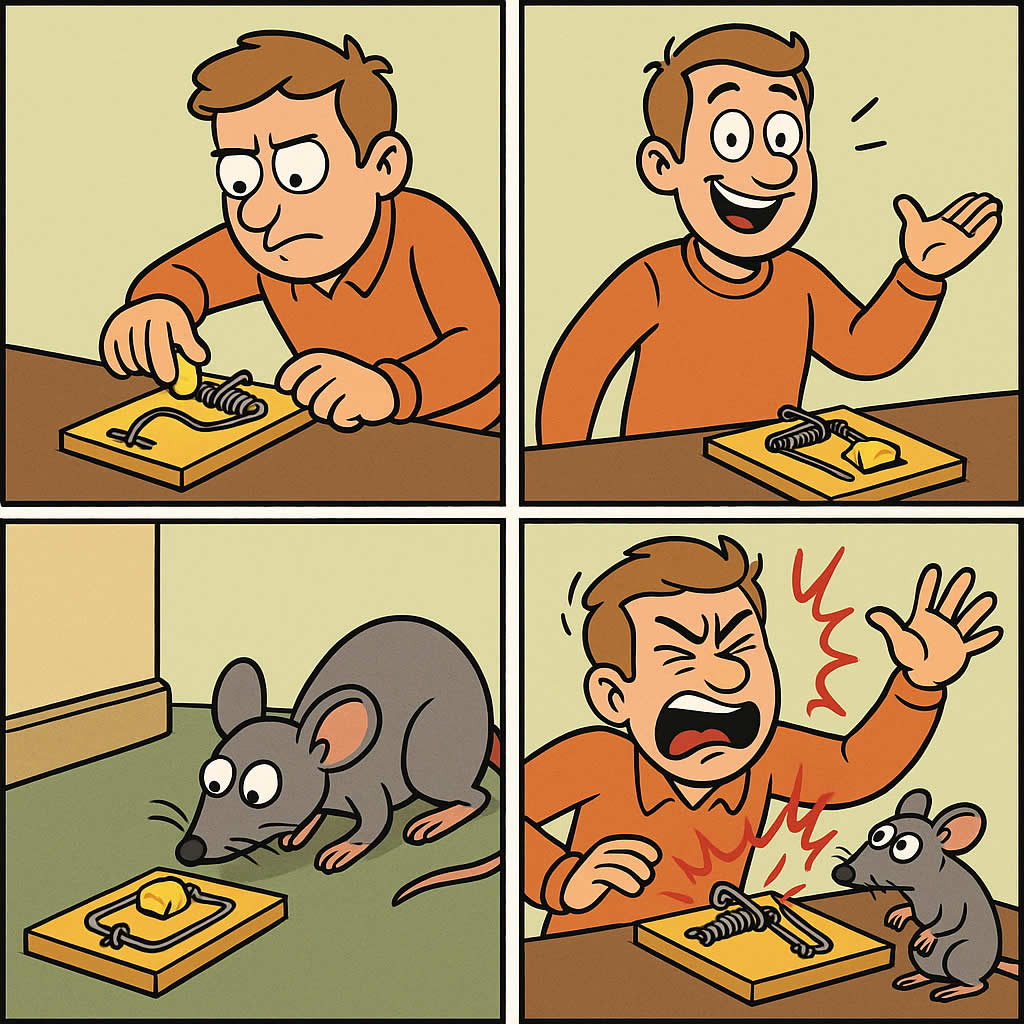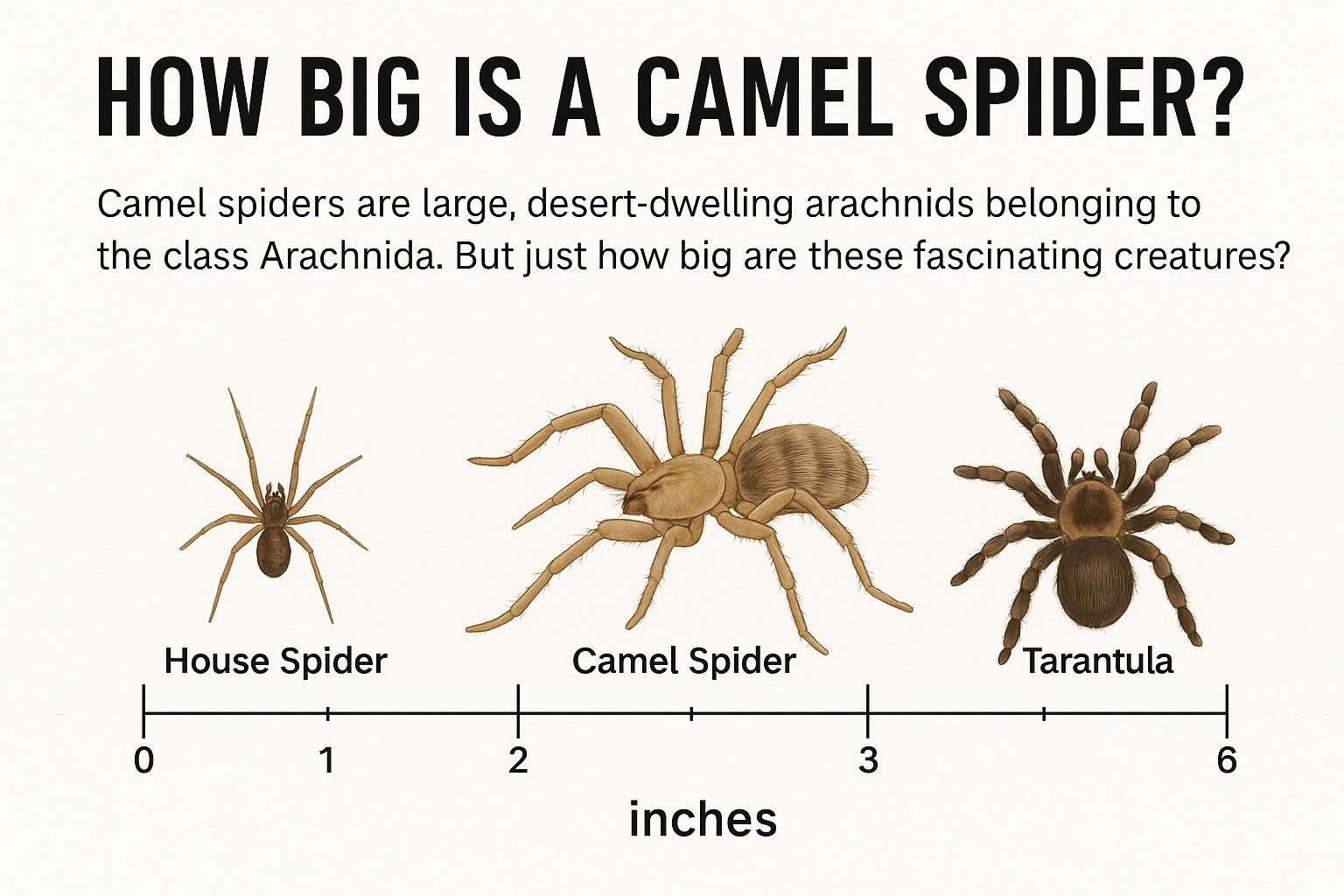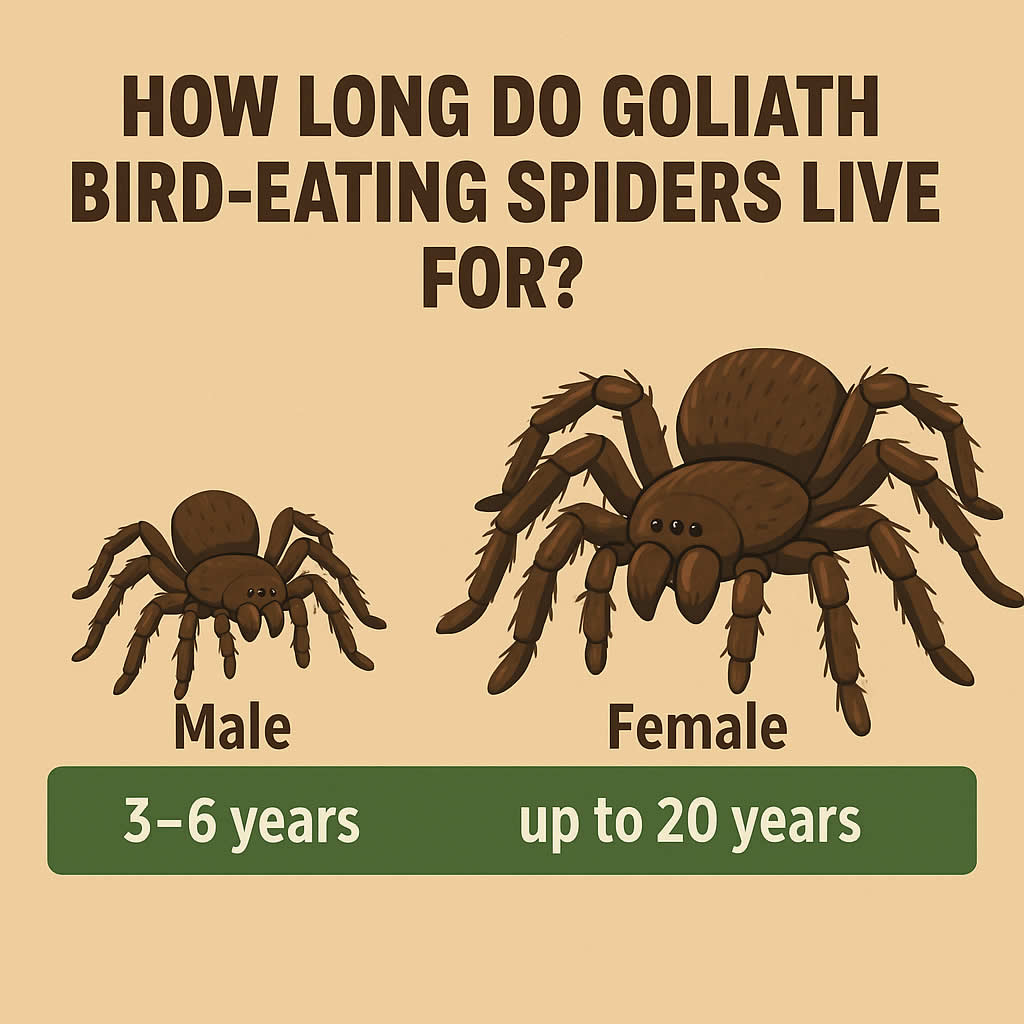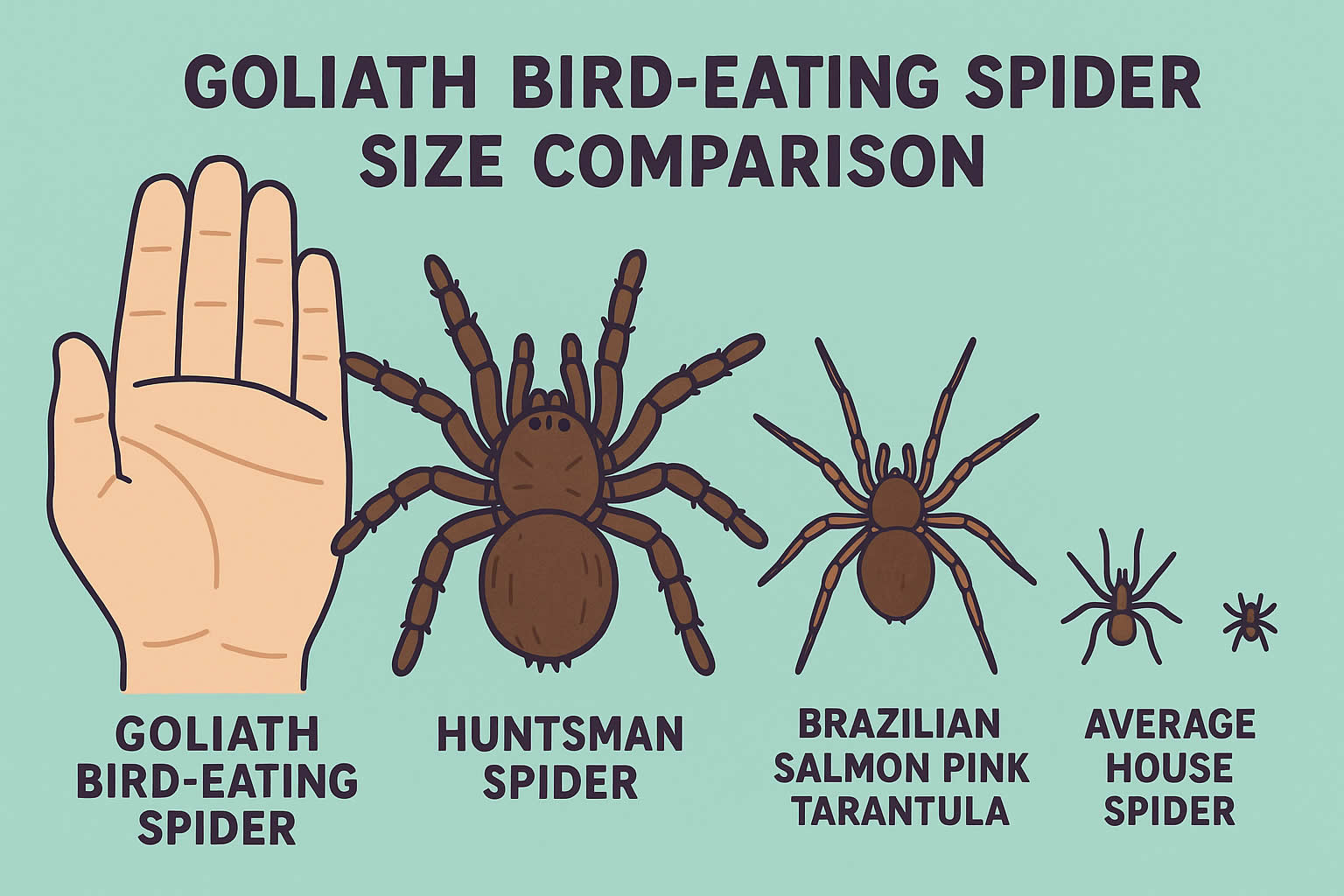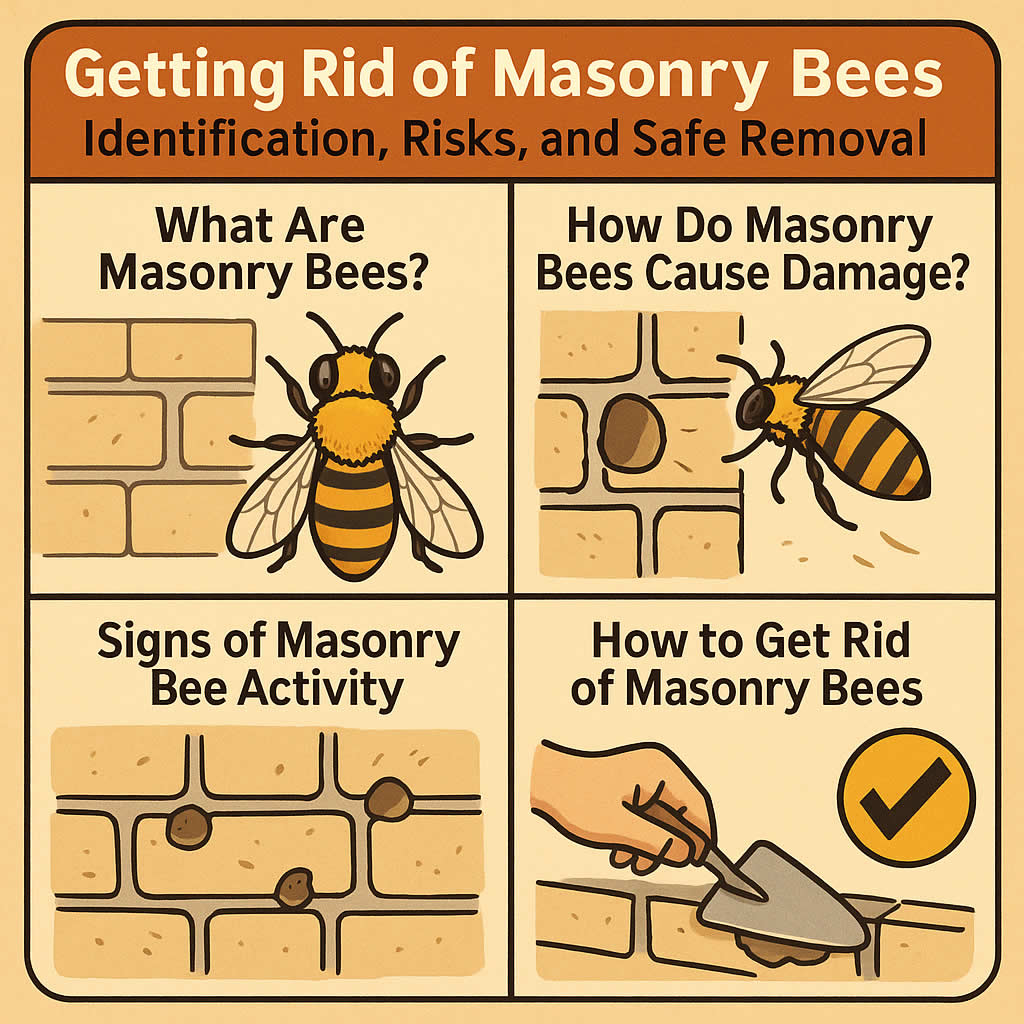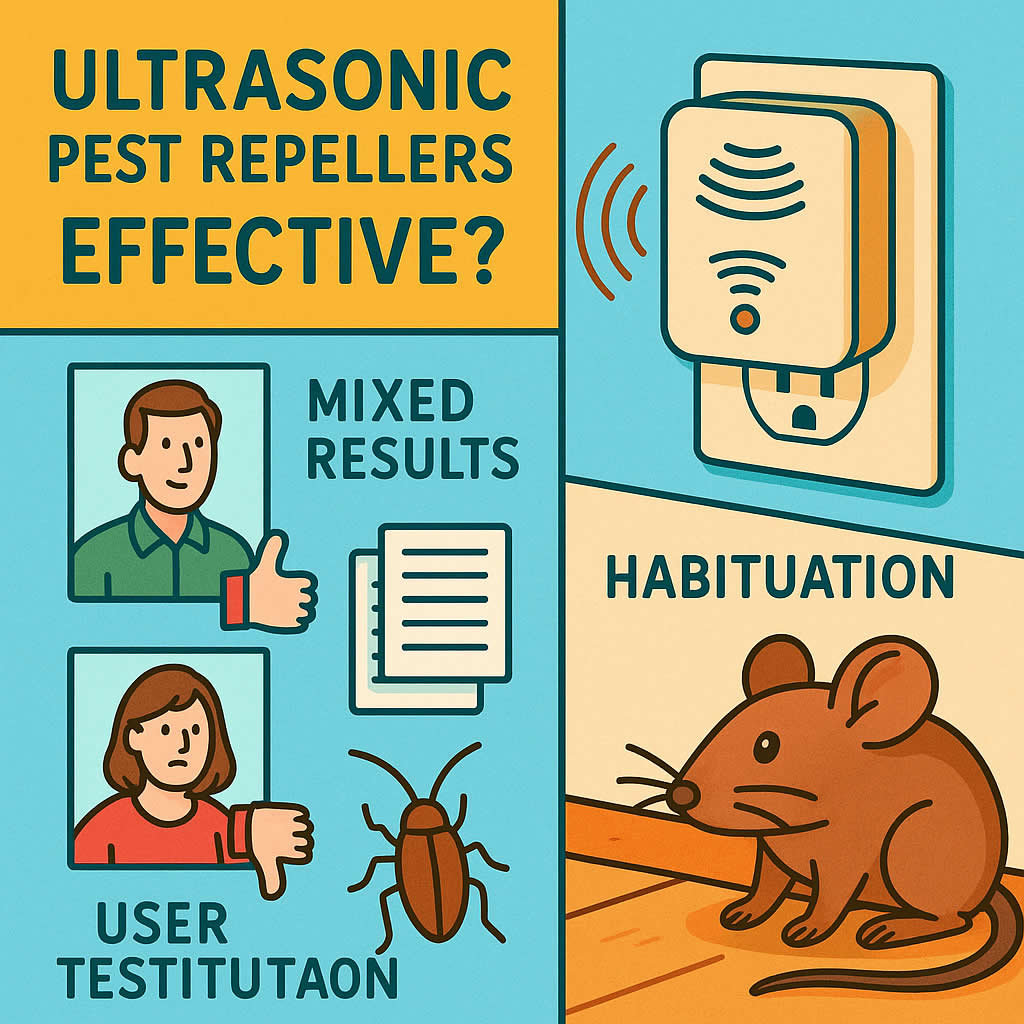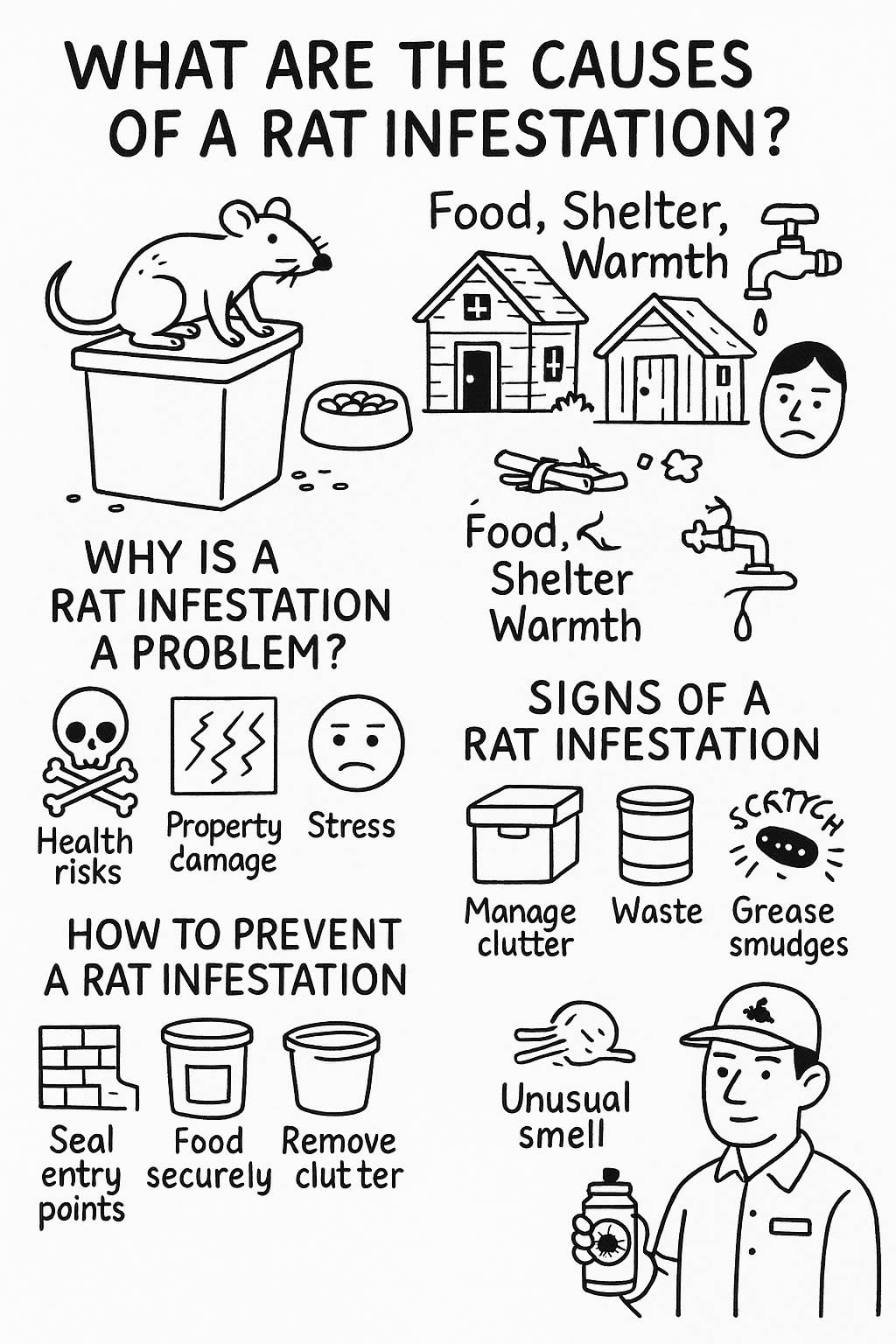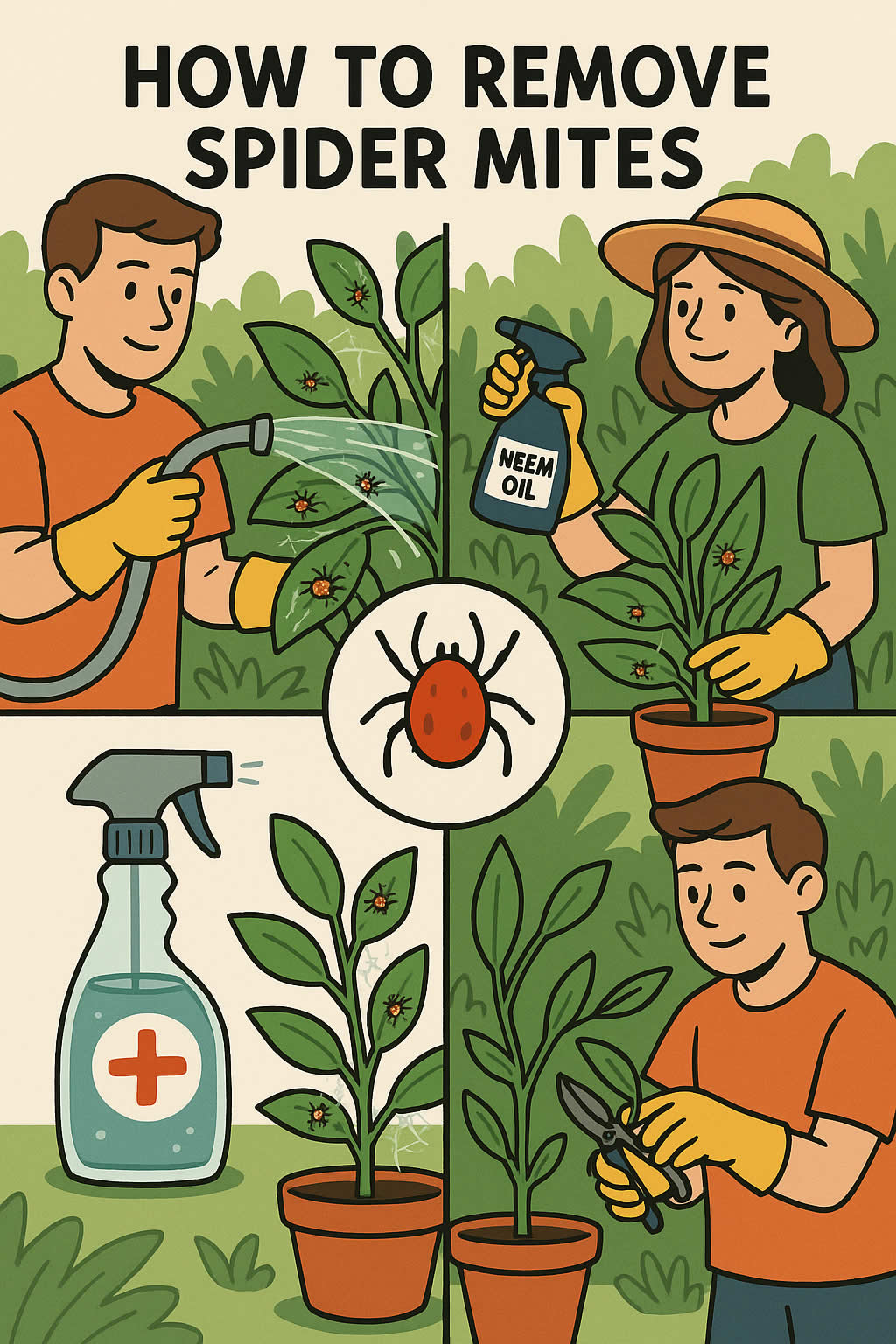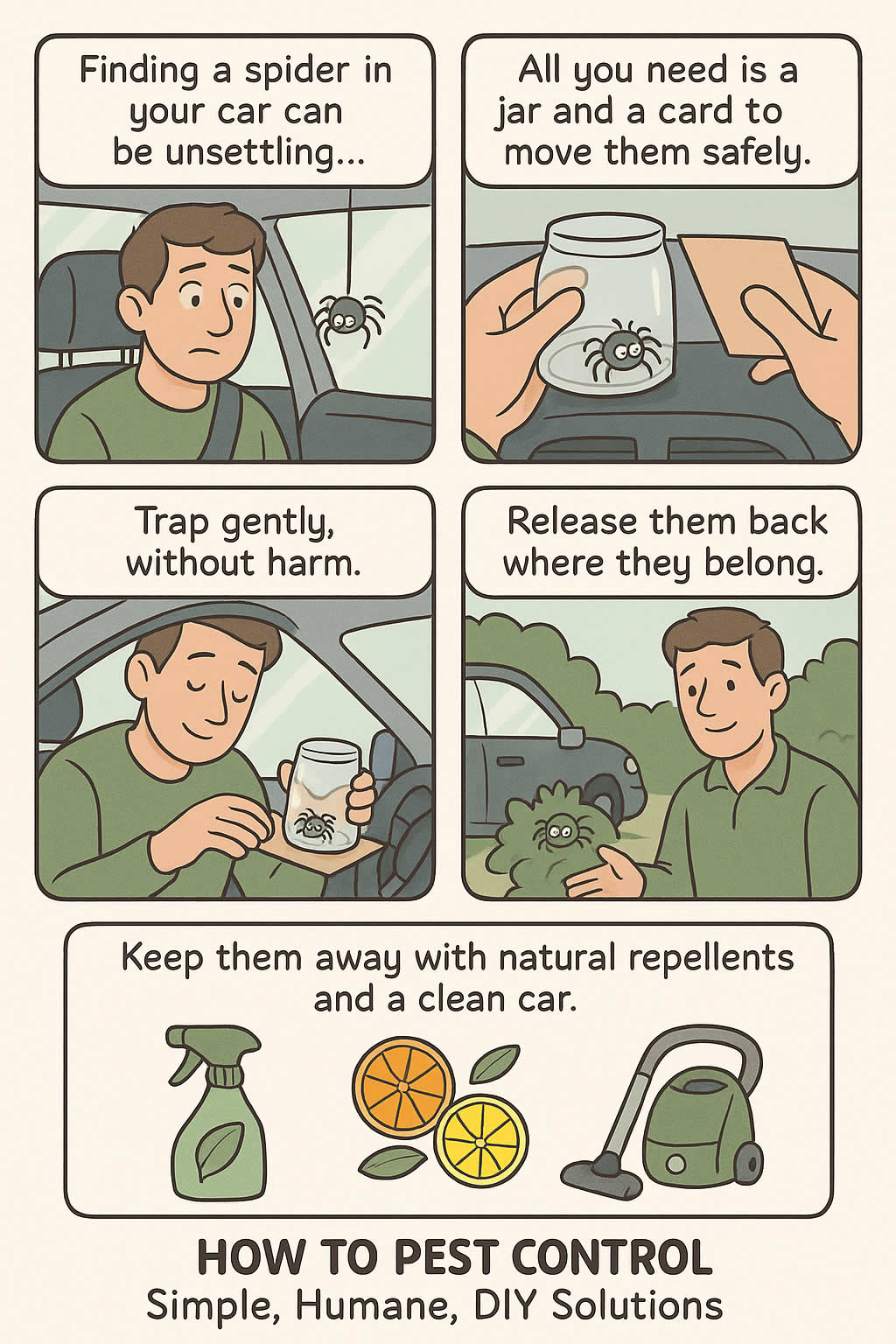Related Queries
ToggleIf you’ve noticed signs of rats around your home or garden, you might be wondering how to deal with them quickly and effectively. Setting a rat trap is one of the most straightforward ways to control a rat problem. But it’s not just about placing a trap anywhere and hoping for the best. To get results, you need to know how to set a rat trap properly.
In this guide, I’ll walk you through everything you need to know — from choosing the right type of trap to placing it in the most effective locations.
Why Set a Rat Trap?
Rats can cause a lot of problems. They chew through wires, damage furniture, contaminate food, and spread diseases. Whether you’ve seen a rat, heard scratching noises, or noticed droppings, it’s clear you need to take action.
While poisons are an option, they come with risks — especially if you have pets or small children. That’s where rat traps come in. They offer a targeted way to catch and remove rats without spreading harmful chemicals around your home.
Types of Rat Traps: Which One Should You Use?
Before you set a trap, you need to know which type is best for your situation. Each has its pros and cons.
Snap Traps
- How They Work: A metal bar snaps down when the rat triggers the mechanism.
- Best For: Quick and humane results.
- Where to Use: Indoors or in sheltered outdoor areas.
Electronic Traps
- How They Work: These deliver a high-voltage shock that kills the rat instantly.
- Best For: Indoor use, especially for people who want a quick and clean method.
- Where to Use: Indoors only.
- How They Work: Rats get stuck to a sticky surface and can’t escape.
- Best For: Small infestations or areas where other traps won’t work.
- Where to Use: Indoors, away from pets.
Live Catch Traps
- How They Work: Rats are lured inside, and a door closes behind them.
- Best For: Those who prefer to release rats rather than kill them.
- Where to Use: Indoors or outdoors.
Multiple Catch Traps
- How They Work: These can capture multiple rats without needing to be reset.
- Best For: Large infestations.
- Where to Use: Basements, attics, or other areas with high rat activity.
Choosing the Right Bait for Your Rat Trap
Rats are not too fussy when it comes to food, but some rat baits work better than others. Your choice should depend on the type of trap and the rats you’re targeting.
Best Baits for Rat Traps
- Peanut Butter: The go-to bait because rats love it and it’s sticky, making it hard to steal without triggering the trap.
- Chocolate: A sweet treat that attracts rats.
- Bacon: Strong-smelling and irresistible to rodents.
- Nuts and Seeds: Great for outdoor areas where rats are already eating natural food.
- Fruit: For areas where you’ve seen rats eating fresh produce.
What to Avoid
- Dry foods that can be easily taken without setting off the trap.
- Foods with strong human scents (like soap or perfumed items).
How to Set Up a Rat Trap: Step-by-Step Guide
Now that you’ve chosen your trap and bait, it’s time to set it up. Follow these steps for the best results.
Choose the Right Location
- Place the trap along walls or in dark corners where you’ve seen signs of rat activity (droppings, gnawed wires, or oily marks).
- Avoid open spaces — rats prefer to travel along walls or under furniture.
- For multiple traps, place them about 2-3 metres apart for maximum coverage.
Use Gloves When Handling the Trap
- Rats are sensitive to human scent. Wearing gloves prevents your scent from transferring to the trap.
- It also protects you from any germs the rats may carry.
Set the Trap Carefully
- For snap traps, pull back the bar and secure it in place.
- For electronic traps, insert batteries and switch it on.
- For live catch traps, ensure the door is open and can close properly.
Add Bait Properly
- Use a small amount — just enough to attract the rat without making it too easy to grab.
- For snap traps, place the bait on the trigger plate.
- For live catch traps, put the bait at the back, so the rat has to enter fully.
Position the Trap Correctly
- Place it against a wall with the trigger end facing the wall.
- Make sure it is stable and won’t tip over.
- For multiple traps, alternate the direction they face — one facing one way, the next facing the other.
Checking Your Rat Trap: What to Do Next
Check Regularly
- Inspect your traps daily.
- If a trap hasn’t caught anything in three days, consider moving it to a new location.
Safely Dispose of Captured Rats
- If it’s a snap or electronic trap, use gloves to pick up the rat and place it in a sealed bag before disposing of it in an outdoor bin.
- For live catch traps, release the rat at least 3 miles away from your home to prevent it from returning.
Clean and Reset the Trap
- Wash the trap with soapy water if it’s reusable.
- Re-bait and reposition it for continued protection.
Common Mistakes to Avoid When Setting Rat Traps
Even if you follow the steps above, there are some common mistakes that can reduce your chances of catching a rat.
Not Using Enough Traps
- Rats are social creatures, and where you see one, there are likely more.
- Set multiple traps to increase your chances.
Using the Wrong Bait
- Choose baits that are both attractive and sticky.
- Avoid foods that are easily stolen without triggering the trap.
Setting Traps in the Wrong Locations
- Rats prefer to travel along walls. Setting a trap in the middle of the room will rarely work.
- Look for signs of rat activity (droppings, gnaw marks) to guide your placement.
Not Being Patient
- Sometimes it takes a few days for rats to discover a new trap.
- Give it time, but don’t forget to check it daily.
What to Do If Your Rat Trap Isn’t Working
If you’re not catching anything, try these tips:
- Change the location of the trap.
- Switch to a different type of bait.
- Use a different type of trap (e.g., switch from a snap trap to an electronic trap).
- Make sure you’re wearing gloves to avoid leaving your scent.
- Clean the trap to remove any old scent or debris.
Preventing Rats in the Future
Once you’ve got rid of the rats, it’s essential to prevent them from coming back.
- Seal up any holes in your walls, doors, and windows.
- Keep food in sealed containers.
- Clear away any clutter where rats might nest.
- Maintain your garden, especially around sheds or compost bins.
- Regularly clean areas where you store food.
Final Thoughts
Setting a rat trap can seem simple, but there’s a bit of a science to it. It’s not just about placing a trap anywhere and hoping for the best. You need the right type of trap, the right bait, and the right location.
If you follow the steps in this guide, you should see results quickly. And remember, the key is persistence. Don’t give up if you don’t catch anything on the first day. Just keep adjusting until you find what works.
Would you like me to write a detailed guide on how to use rat poison safely without risking your pets? Let me know.
Pest Control Little Billington – Pest Control County Durham – Pest Control Holywell
